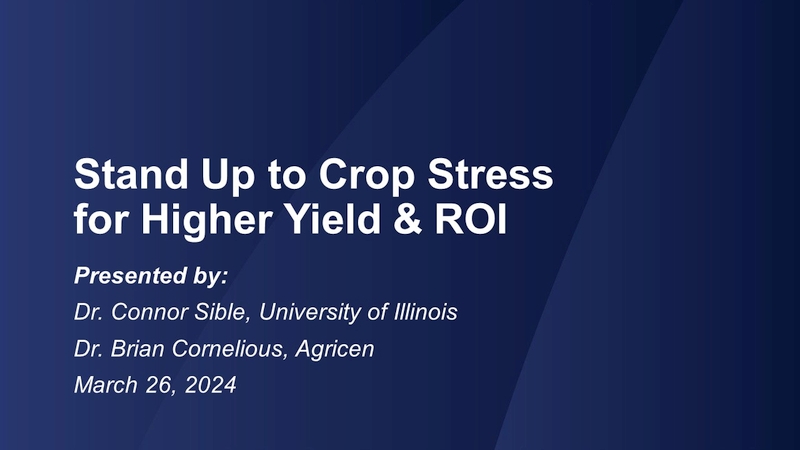Tariff Wars Promise New Pain for Agriculture Come October
According to the calendar, the current tariff war between the U.S. and China began in early July. However, according to V.M. (Jim) DeLisi, Chief at Fanwood Chemical, Inc., the roots of this dispute stretch back much, much further.
“Since 1989, there have been engagement with China over trade at least annually,” said DeLisi, speaking at the 2018 AgriBusiness Global Trade Summit in early August. “The U.S. has always made the same requests for some kind of solution from China and nothing has ever happened. The Trump Administration decided it was time to make something happen. In addition, the leadership of the U.S. trade office believes that the World Trade Organization was never designed to handle an economy not built on a profit model, which is why the country isn’t using this process in the dispute. So here we are.”
The first round of tariffs, amounting to $50 billion in products under Docket Number USTR 2018-0018 Tranche 1, went into effect on July 6. “Luckily, all products impacting the specialty chemical industry were removed from this original list,” said DeLisi. In addition, the items listed for $16 billion in tariffs under Tranche 2, also excluded special chemicals.
For U.S. agriculture thus far, added DeLisi, the impact has been primarily on pork and soybean producers, with Chinese buyers opting not to purchase now higher priced commodities from U.S. growers.
But that’s about to change. Approximately one hour before DeLisi made his speech at the Trade Summit, the U.S. trade office released a press notice detailing the items listed for new tariffs under Docket Number USTR 2018-0026, which DeLisi read to Trade Summit attendees: “On June 18, President Donald Trump directed this office to identify an additional $200 billion worth of Chinese goods for additional tariffs at a rate of 25%. Duties for these will begin to be collected on September 30.”
According to DeLisi, the impact on the specialty chemicals industry under this Tranche 3 will be “massive.” “This round of tariffs includes all eight digit categories in Chapter 28 (inorganic chemicals), Chapter 29 (organic chemicals), and Chapter 38 (formulated agrichemicals),” he said. “This covers many active ingredients where China is the only game in town when it comes to supply.”
As a recourse, DeLisi said that U.S. producers will have the option to file a petition with the government to exclude products from tariffs if no alternative sources can be identified. “In these cases, the U.S. government, if it accepts these petitions, will refund the collected tariff amounts to the producers,” he said. “But right now, there’s no set timetable how long it will take the U.S. trade office to make these decisions.”
In the interim, DeLisi said crop protection product producers will have some tough choices to make with affected items as they prepare customer invoices dated after October 1. “What does an invoice to a customer look like the day after you pay the tariffs?” he asked. “Then, say in six to 10 months from that point, your company finds out the 25% Chinese surcharge tariff has been rescinded. Your company will get a check back from the government, but your customers will know you got that check and they will likely be looking for some of their money back. That means a lot of suppliers are going to have to make some very hard decisions on how they market their products covered by these tariffs.”






